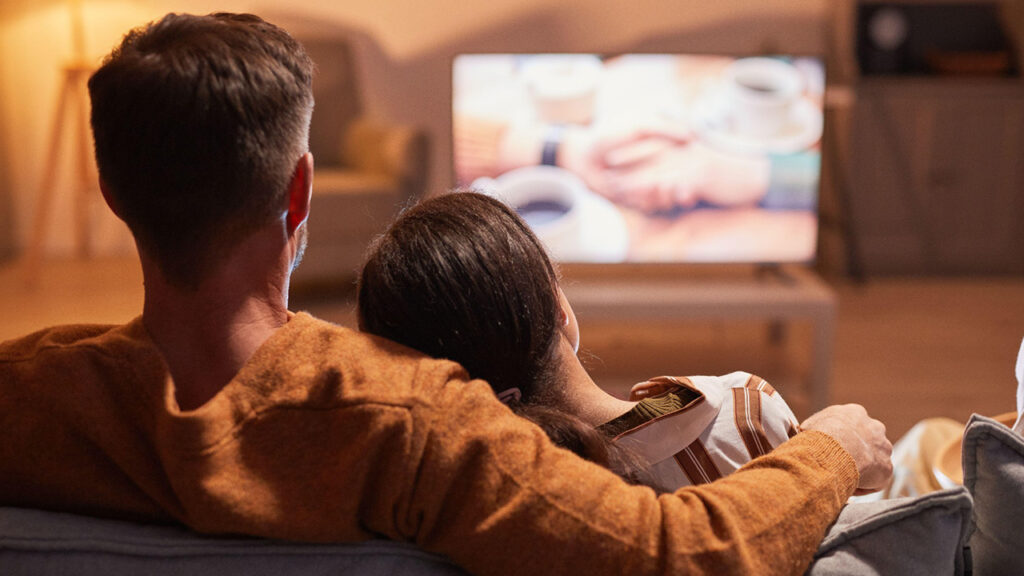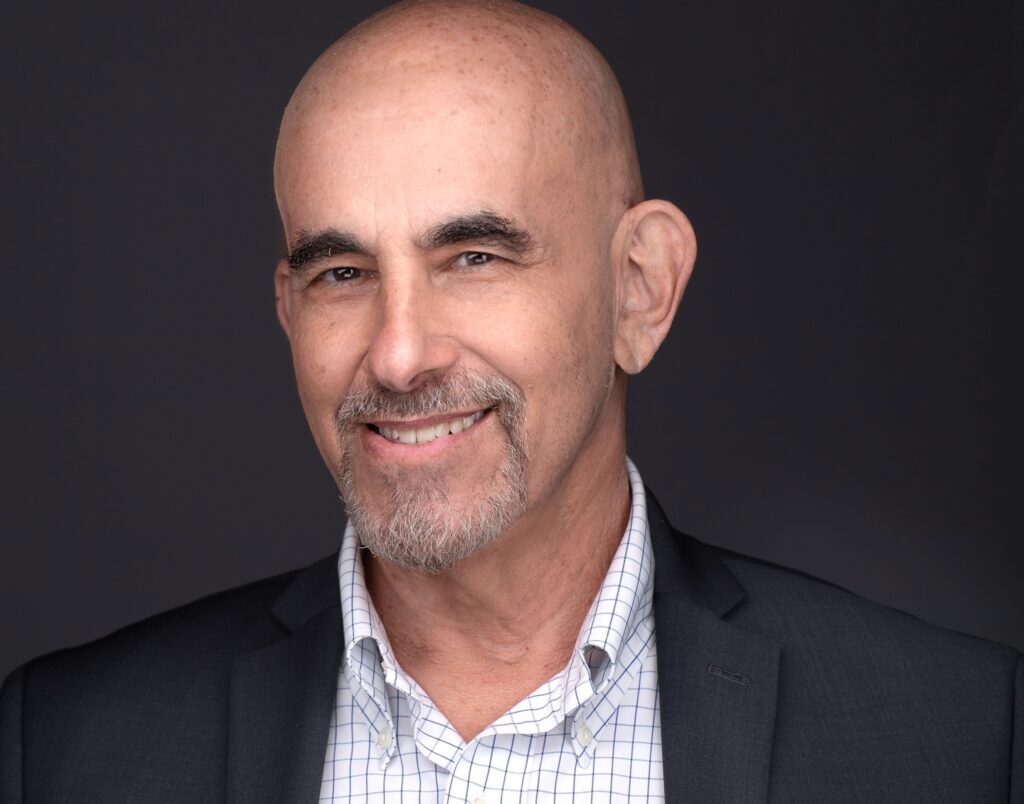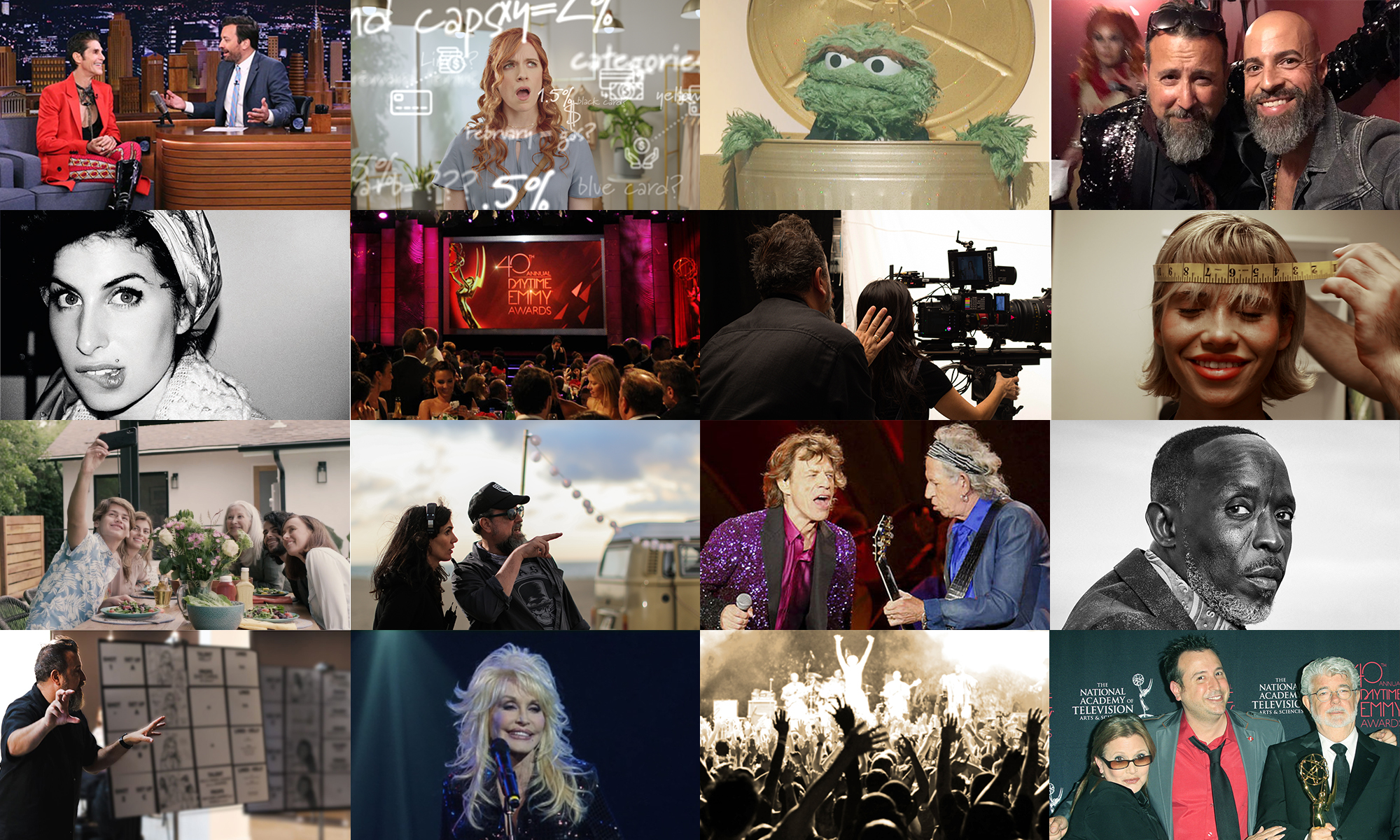

Having spent a fair amount of time traveling the land of network on-air promos… those :05 to :15 second bumps that sell an entire program… I got to thinking about socials. Hmmm… don’t on-air promos look a lot like a TikTok? And haven’t most TV execs banged out more of these :15 second wonders than Charli D’Amelio on one-too-many Red Bulls?
My tour d’ promo was very east coast. MTV, A&E Networks, HBO, Turner, NBC, ESPN, Hallmark, and lots of trips to down Bethesda/Silver Spring. (Who remembers Discovery in Bethesda?)
One of my mentors was/is Steve Lance who as creative director of NBC (and a host of others in the 70s, 80s, 90s) developed a simple promo-measuring-stick that I still rely on today: On A.I.R. Wisdom. With A.I.R. standing for Attention, Interest, and Recall.

The Zoom-salon went like this.
GABE: In terms of A.I.R… What’s the biggest difference between a :15 second on-air promo and a piece of TV marketing delivered as a :15 second TikTok or IG Story?
STEVE: Great question. (BTW – a few people even remember Discovery in Landover). The answers would fill a book – and there are plenty of them out there. But if I had to boil it down to an easily-digestible blog, I’d have to say this: A.I.R. still applies, but Big Data and Clever Algorithms (can I put a trademark around that phrase?) have changed the dynamics and ratio of the three elements. Let’s re-visit these three basics in the new “social” environment.
“Attention” is really promo-writing 101. How fast can you toss out a hook to keep eyeballs? The folks writing :15-second spots for YouTube, TikTok, etc. [skip commercial in :05…] need to learn from good promo creators. Most of the current :15, :10 and even :05-second ads try to sell the product or message, not hook the viewer. Great promo writing is about hitting someone in the gut or tugging at their heart, not selling them something. No matter what the platform, for writer/producers, the most important part of every promo has to be the first three seconds. And that should be the domain of the creative people, not the marketers. If I were running a promo department today, I would ask all the writer/producers to show me their click bait opening.
“Interest” is where all the new buzzwords reside. Research, big data, data targeting, blah, blah, blah—it’s all a media planning conversation. There’s important information for the creatives here, but it’s not an end in itself. The job of marketing is to determine the target and opportunity. The job of creative is to turn those numbers into an emotional experience people can connect with. That’s a non-conversation to a marketer or media planner, so creative gets smothered under a pile of analytics and there’s no heart to the message. I’m always bemused (and annoyed) by the algorithms “If You Watched This You’ll Love This…” because they’re genre decisions which don’t embrace the intangible emotional experiences I have. Sadly, creatives will have to accept that marketers will continue to harass and annoy them into producing emotionless drivel after the first three seconds.
“Recall” as we’ve discussed before, is almost immaterial. There are no shortage of links, buttons, lists and platforms we can use to make sure a person can find a show again or recommend it to their friends. So a case can be made that “Recall” can now be refined to something closer to “Motivate the click-through.” Fortunately, A.I.M. is a decent acronym too.
GABE: If all this is true, what’s really changed? If “attention” and “interest” are still paramount, have SVOD viewing habits actually impacted how we should message and market programming – regardless of TikTok versus On-air as the platform? It seems like perhaps fans are still fans, and they’re largely still responding to the same cues. Simply on a mobile versus in the living room.
STEVE: The biggest change, perhaps, is Tentpole strategy. Back in the ancient days of CBI (Cable Before Internet…can I trademark that, too?) smart marketers and programmers knew the best way to utilize resources was a Tentpole Event. This would be a high-visibility, high-E special even that would bring casual viewers as well as hardcore fans to the network. Shark Week was a Tentpole event. For eight days before the traditional Fall new season premieres, Discovery would pump up viewership and use that event to build interest in other programs. We still see it with Disney+ and HBO Max and the other “bonus” programming packages. “If you want to see the world premiere of [XX], sign up now for our PLUS offering.” In this case, it’s the promise of the program rather than the program itself which is meant to serve as a tentpole.
GABE: Agreed. And beyond immediate tune-in, tentpoles also served as a pillar of the network’s brand foundation. We used to inherently know that Shark Week was Discovery, ‘Must See TV’ was NBC, and Sopranos was HBO. But today… and perhaps because of the shift in Tentpole strategies… no matter how popular the show, we always ask… Is that Netflix or HBO or Amazon?
It’s got to be more than shifts in Tentpoles and Fall season premieres. What are today’s Networks doing wrong regarding owning their content as their own?
STEVE: The final element has been completely shredded the past ten years: Branding. Chris Moseley, former CMO of Discovery was a champion of branding. Whatever people say about the Discovery brand, they owe it all to the work Chris did. HBO built itself by being a brand that stood for something (It’s Not TV, It’s HBO). Promotion delivered the promise of Programming. Discovery, as well (Explore Your World) brought their world-class programs to life. And, of course, countless time slots and programs like Must See TV and SNL.
The truth is that marketers, creatives, media planners… just about everyone in our side of the business have largely given up. The accepted “wisdom” is “Young people don’t care what network/channel/device it’s on.”
That’s simply, well, I don’t know what the young, hip term is for “bullshit.”
Branding still matters in entertainment the same way it matters in Tech, in Footwear, in every area of peoples’ lives. Is it harder than ever to establish and maintain an entertainment BRAND? Absolutely. Is that a reason not to try? Absolutely not.
GABE: Preach! Branding still matters!
STEVE: Yes. And I hope that helps. Stay safe. Stay sane. And stay smart! It’s the people who ask and think about those questions who’ll thrive in the coming years.

Steve Lance now leads workshops, trainings and webinars on Taming the Approval Process–giving creatives and marketers 20 tools and tips they can use to get the approval process under control. Yes, it’s possible. Connect with him on LinkedIn or psinsights.com

